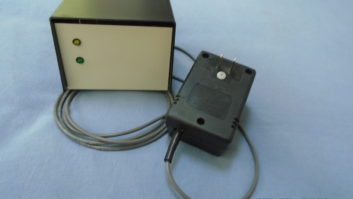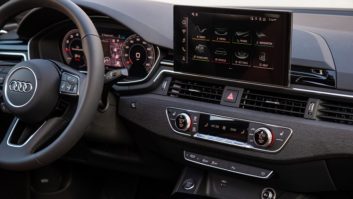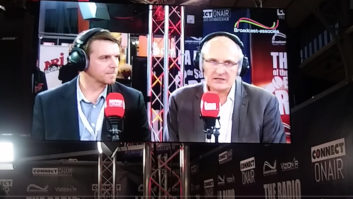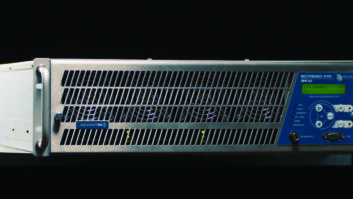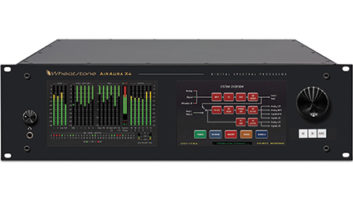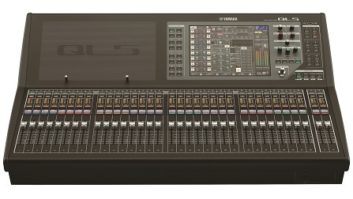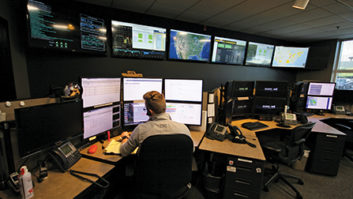
During the RDS Forum‘s general assembly, held June 8–9 in Glion, Switzerland, the organization elected a new management board and announced the development of a new standard — RDS2.
The new board comprises Mark Saunders of the United Kingdom, Frits de Jong of the Netherlands, Dietmar Kopitz of Switzerland and Attila Ladanyi of Germany.
According to the forum, RDS2 is being developed in close collaboration with the United States-based NRSC RBDS-subcommittee and will offer a unified platform for FM broadcasting and data services worldwide. It is expected to be ready in 2016.
RDS thus now has two variants: RDS1 — a subset of RDS2 — which carries data on 57 kHz, is similar to the original RDS protocol and runs on legacy hardware, and RDS2, a faster standard that uses multiple carriers and features a wider range of capabilities.
Although RDS2 requires a new tuner, it offers five to 10 times higher transmission capacity, depending on the application and can operate in a frequency range of 64 MHz to 108 MHz. Both RDS1 and RDS2 support all fonts using UTF-8 encoding and require no license fees from broadcasters.
The new standard also features increased capacity from 11.4 up to 57 “A” groups per second, says the RDS Forum, and supports HTML/CSS templates (for smartphones, car radios, computers); return channels over gRT if the receiver has IP or SMS capability; the broadcaster’s logo (JPEG, PNG, GIF); and Hybrid Radio.
Field tests were carried out in Hungary with public broadcaster Magyar Radio and T&C Holding in 2011.





